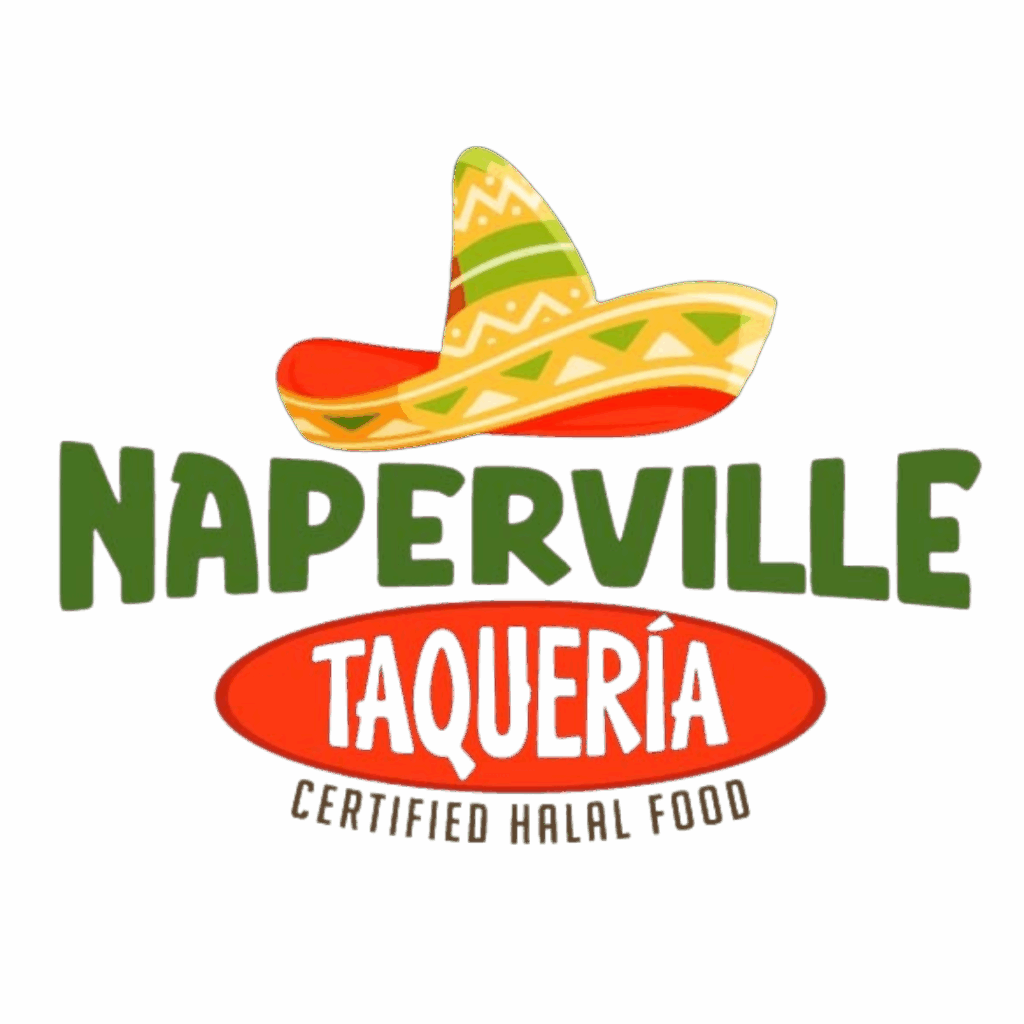The arrival of the Spanish in the early 16th century marked a pivotal moment in the history of Mexican cuisine, including the evolution of tacos. As the Spanish colonizers introduced new ingredients and culinary techniques to the region, the traditional food practices of the indigenous peoples began to change. This cultural exchange gave rise to a new fusion cuisine, shaping tacos into the diverse and flavorful dish that has become a culinary icon. By exploring these transformations, we can better understand how the Spanish conquest influenced the development of this beloved food.
Introducing New Ingredients to the Mix
Before the Spanish conquest, the indigenous peoples of Mesoamerica primarily relied on corn, beans, squash, and chilies for their diet. The introduction of European livestock, such as pigs, cows, and sheep, brought new proteins to the table, significantly expanding the range of taco fillings. Pork, for instance, became a staple in many traditional dishes and continues to be featured prominently in recipes like tacos al pastor. Additionally, the Spanish introduced spices and herbs, such as garlic and cumin, which added new layers of flavor to the indigenous cuisine, giving tacos a more complex and varied taste profile.
The Influence of Culinary Techniques
The impact of Spanish cooking techniques was also evident in the evolution of taco preparation. While indigenous cooking methods like steaming and roasting were still widely used, the arrival of iron skillets and griddles enabled new ways of cooking tortillas and meats. The Spanish method of frying food, for example, led to the development of crispy taco shells and dishes like tacos dorados. This blending of culinary practices helped diversify the textures and flavors associated with tacos, contributing to its enduring appeal.
Religious and Cultural Changes Affecting Food Customs
The Spanish conquest not only influenced the ingredients and techniques used in cooking but also impacted the cultural and religious practices surrounding food. With the spread of Catholicism, indigenous rituals and dietary customs began to change, often merging with European traditions. This cultural blending was reflected in the evolving composition of taco fillings and preparations, which adapted to include elements from both worlds. Celebrations and feasts often featured dishes that represented this fusion, showcasing how tacos could bridge different culinary heritages.
Tacos as a Symbol of Resistance and Adaptation
Over time, tacos became more than just a dish; they symbolized the resilience and adaptability of Mexican culture in the face of colonization. As native and European influences intermingled, tacos emerged as a culinary expression that could embrace new flavors while honoring ancient traditions. Regional variations, such as the use of seafood in coastal areas or different meats in the central highlands, illustrate how the dish continued to evolve based on local ingredients and customs. In this way, tacos tell a story of cultural exchange, adaptation, and the enduring spirit of a people who shaped their cuisine against the backdrop of history.
Learn More
From Corn to Flour: The Transformation of Taco Tortillas Through Time
The Early Days: How Ancient Civilizations Shaped the First Tacos







